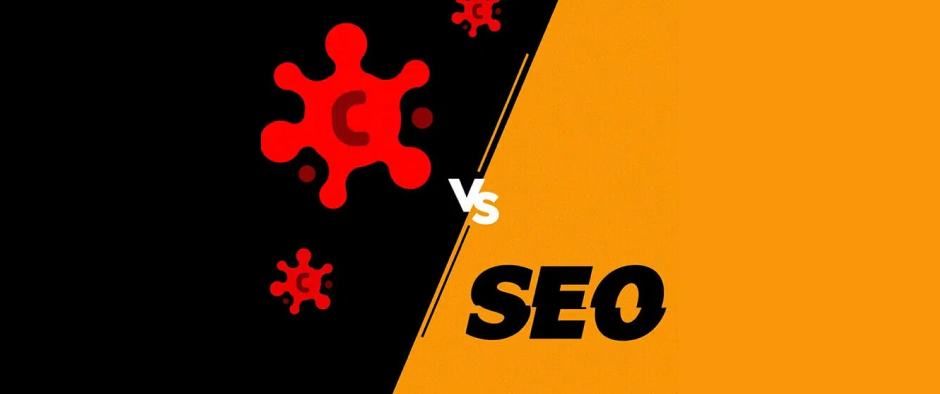While a lot of things have been uncertain during 2020, one of the things that has been consistent is search traffic – especially for small businesses. Search traffic and optimization has been increasingly important during this time as internet use is the highest it’s ever been.
Depending on the industry you’re in, your search traffic has definitely been impacted, and that might be a negative or a positive. COVID-19 won’t be at the forefront of search results forever but consumers are seeking information right now about how businesses are handling restrictions and any other steps the company is taking towards this situation. This will probably remain relevant long after everything has subsided. You can utilize SEO tactics to take advantage of the opportunity to address current customer needs and increase traffic towards your business.
Increasingly Important Online Presence
As organizations and businesses try to remain relevant for their audiences during the pandemic, building and growing their digital presence is one of the more important steps to take. Physical businesses and ones that do not exist digitally have found themselves being shut down and online marketing and eCommerce has become more prevalent than ever.
Not being able to go directly out to stores means that businesses need to realize that customers are turning to online markets to address their needs. In order to flourish, you’ll need to pivot and create a digital network if you haven’t already.
Understanding the Digital Climate
As most searches from customers are done on their mobile device, businesses are going to have to make sure that they’re website is mobile and user friendly as well as create targeted ads towards their specific audiences. Ecommerce, delivery and curbside pickup have become the new normal as the world gets used to staying safe at a distance. You’ll need to develop content that interests and engages your audience, especially content that ties in their specific needs during these times.
Based on online experience, we’ve noticed there have been search trends for things such as at-home workout equipment, bread recipes, toilet paper, stocks, etc. With the proper Search Engine Optimization and keywords, you can let users know your business carries any of these items. SEO allows you to notice and monitor trends in different areas and create effective results for your customers.
Organic Vs. Paid Searches
According to a BrightEdge Channel Share Survey, 53% of all traffic to websites comes from organic search. When we looked at search as a whole, 83% of search traffic is organic and 17% comes from paid search. Many companies have halted paid search due to Coronavirus-related business interruptions. Now is the time for businesses to re-evaluate their search strategies and the content they are creating – being in the digital world means always having to pivot.
SEO for Conversion
Besides website visits, SEO provides conversion benefits as well. Since COVID-19 has shifted a consumer’s media consumption to an all-time high, now is the time for businesses to fill in any gaps related to a customer’s journey. It might not be the time to convert a sale from a potential prospect but you can definitely have the customer take another type of action that will keep you in the forefront of people’s minds.
A Vital Part of Your Strategy
Overall, SEO is a very important piece of your marketing strategy. After all, you are investing in channels that generate demand. These channels encourage people to search for products and services, to learn more about certain brands, read other people’s reviews about the brand, and more. It’s best to maintain your SEO strategy, even in uncertain times. Your content should deliver the answers and information that consumers are searching for, and you should make sure your site and other landing pages are up to date and include any information about COVID-related changes.
Pandemic or not, SEO remains the most effective way to get to know your customers and be able to respond to them, both now and in the future.
